Some hobbyists with planted aquariums want to use the same type of fertilization program an expensive commercial aquarium fertilizer will provide, but at a much lower cost. This article tells on how to make a do-it-yourself fertilizer which is MUCH cheaper.
Optimum NPK Ratio
The “NPK” ratio is a series of three numbers that reflects the percentages of nitrogen, phosphate and potassium in a fertilizer.
A VERY ROUGH “optimum” NPK ratio for a “complete” aquarium fertilizer is 5-1-15 which is the same as a 2.5-0.5-7.5 NPK fertilizer. This “optimum” ratio is also present in NPK numbers like 3-0.6-9 or 1.6-0.3-4.8. These lower numbers reflect solubility difficulties which prevent making the higher number. Note that Aquarium Co-op Easy Green has an NPK of 2.7-0.5-9.
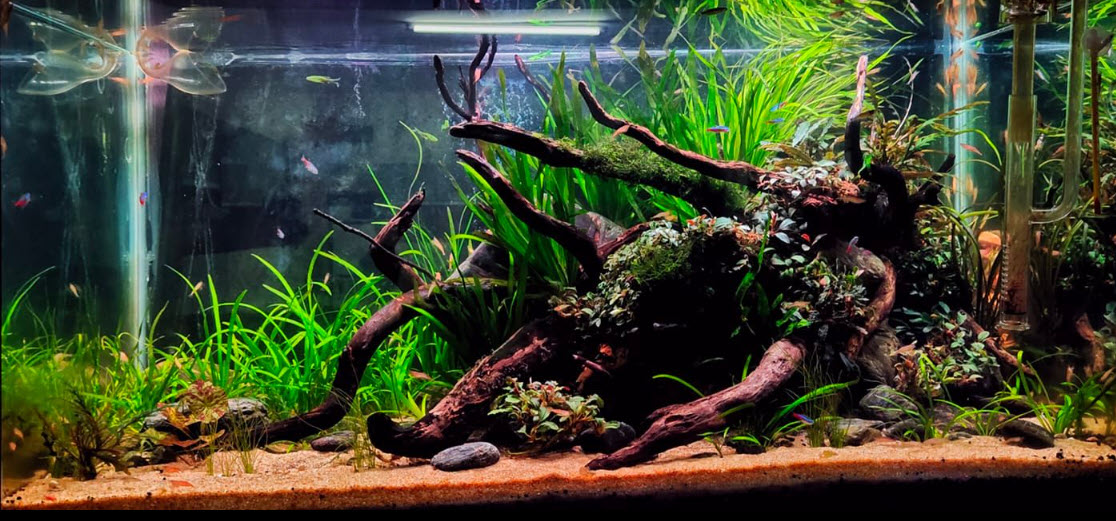
Simple and Easy
To make a simple, easy, and cheap DIY nitrate nitrogen fertilizer with a low tech aquarium formula of NPK of 3-0.6-11, simply buy three chemicals, then mix per these directions;
Mix up one liter of hot distilled water with the following:
- 328 grams potassium nitrate (NPK 13-0-44)
- 16 grams mono-potassium di-hydrogen phosphate (NPK 0-52-34)
- 5 grams potassium sorbate preservative
First, dissolve the dipotassium phosphate into the water and then dissolve the potassium nitrate, then the sorbate. This creates roughly one and a half liters of water-based fertilizer solution with a composition of roughly 3-0.6-11 NPK. Further data on this formula can be found at this like:
The recommended dose for high-tech aquariums is one millimeter of the solution once a week for low light planted aquariums per ten gallons and one milliliter of solution per ten gallons twice a week for moderate light aquariums. And store all fertilizer solutions in the refrigerator to prevent mold from growing in them. The sorbate works best at preventing mold in a refrigerator.
All these fertilizers can get a filmy gel in the bottom of the bottle that is something called a polyphosphide. Ignore it.
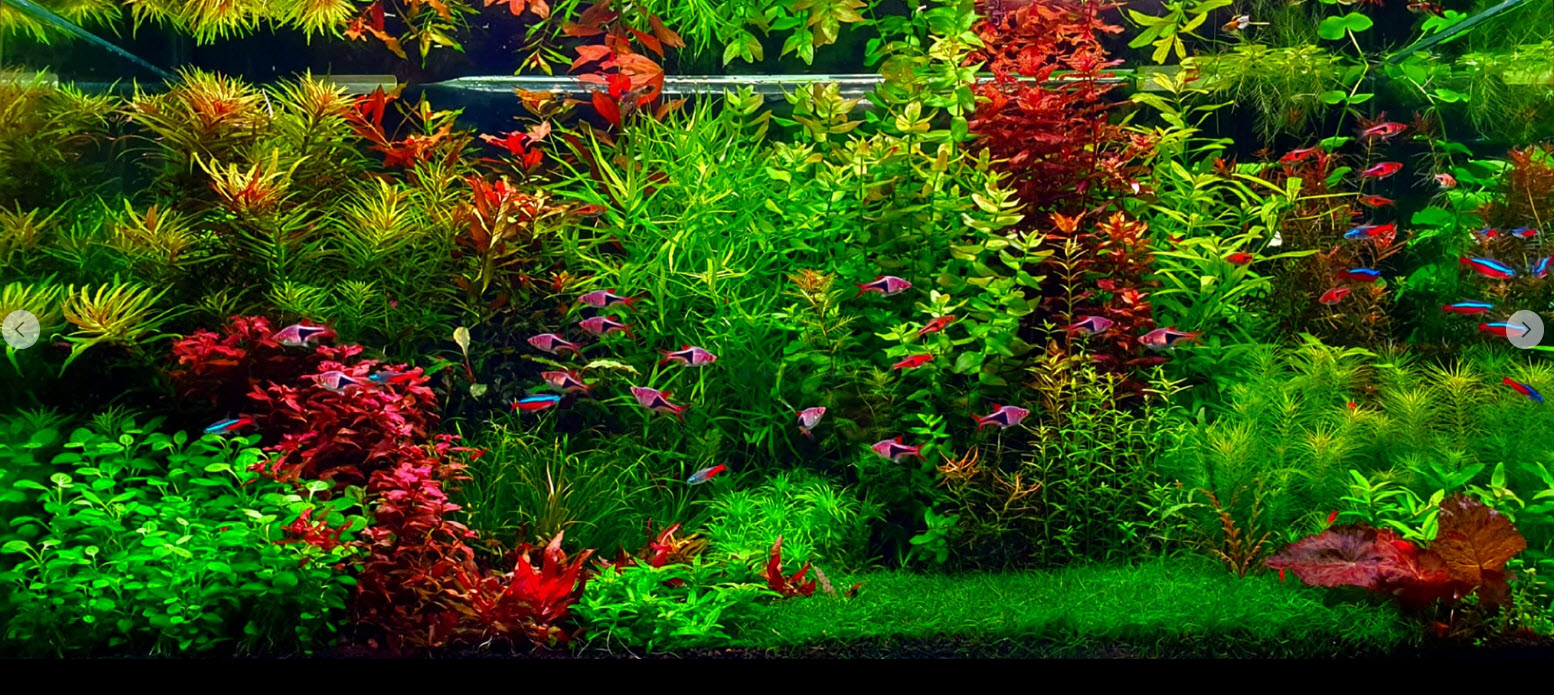
Other Formulas
Note that if one makes up roughly a 50-50 mix of Miracle-Gro All Purpose Plant Food ($10 for five pounds, NPK 24-8-16) with potassium sulfate ($25 for three pounds, note it is difficult to dissolve), one can produce a very good fertilizer that is about 1.6-0.5-4.8 NPK, i.e. reasonably close to the optimum 5-1-15 NPK ratio defined as “optimum” for a general purpose aquarium fertilizer.
Simply buy the Miracle Gro and potassium sulfate. Then mix per these directions;
Mix up one liter of hot distilled water with the following:
- 120 grams Miracle-Grow (NPK 24-8-16)
- 100 grams potassium sulfate (NPK 0-0-55)
- 5 grams potassium sorbate preservative
First, dissolve the potassium sulfate. This typically requires repeated heating in a microwave over a 24 hour period. Then dissolve the Miracle Grow and finally the sorbate. This creates roughly one and a half liters of water-based fertilizer solution with a composition of roughly 1.6-0.5-4.8 NPK.
Miracle-Gro does use ammonia sulfate as the nitrogen source so the pH needs to be below roughly 8.2 to use this if one has fish in the aquarium.
Any soluble fertilizer will work here if the analyses of this fertilizer are very roughly in the ratio of 3 N to 1 P to 2 K. Note some hydroponic fertilizer formulas work very well here in place of the Miracle-Gro, also supplying some magnesium. Simply mix them in equal proportions with potassium sulfate.
There is also a four to one potassium nitrate to monopotassium phosphate mix sold in Australia which will work well. The resulting NPK analyses vary and some math skills are needed to get the desired dosing. But note this is NOT rocket science. Just get everything in the ballpark and you will be fine.
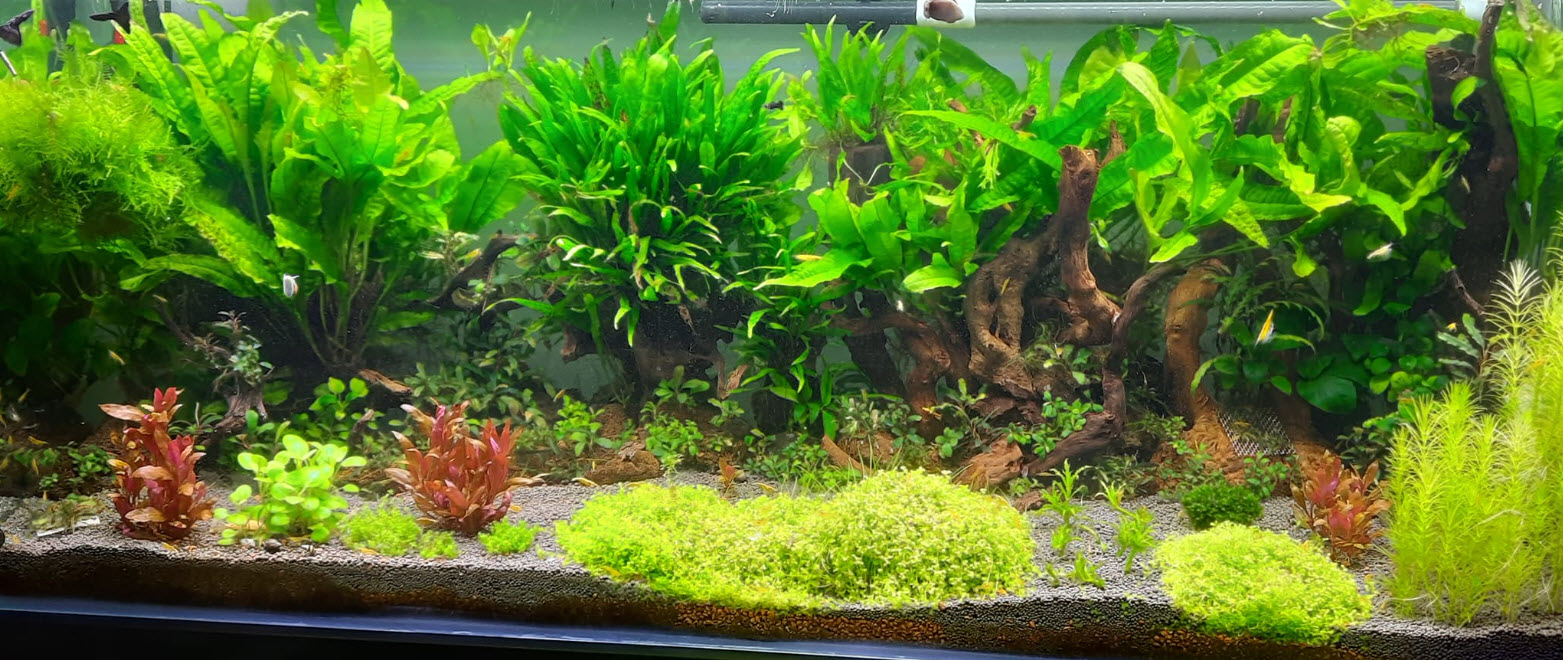
Do NOT use potassium chloride in combination with an ammonium sulfate to make a fertilizer. With most fertilizers, the potassium chloride will simply react with the ammonium sulfate to produce potassium sulfate which will precipitate out. So the solubility problem remains with the chloride. And some plants hate chloride in any quantity.
For these DIY fertilizers the recommended dose for high-tech aquariums is two millimeters of the solution once a week for low light planted aquariums per ten gallons and two milliliters of solution per ten gallons twice a week for moderate light aquariums. Both these fertilizers can be used in place of the NPK epiphytic fertilizer found in this link:
15.5.5. DIY Epiphytic Fertilizer
All these DIY methods give a cost about 80% lower than the pre-made stuff like Easy Green (and about 95% cheaper than something like the Seachem fertilizer “Line”).
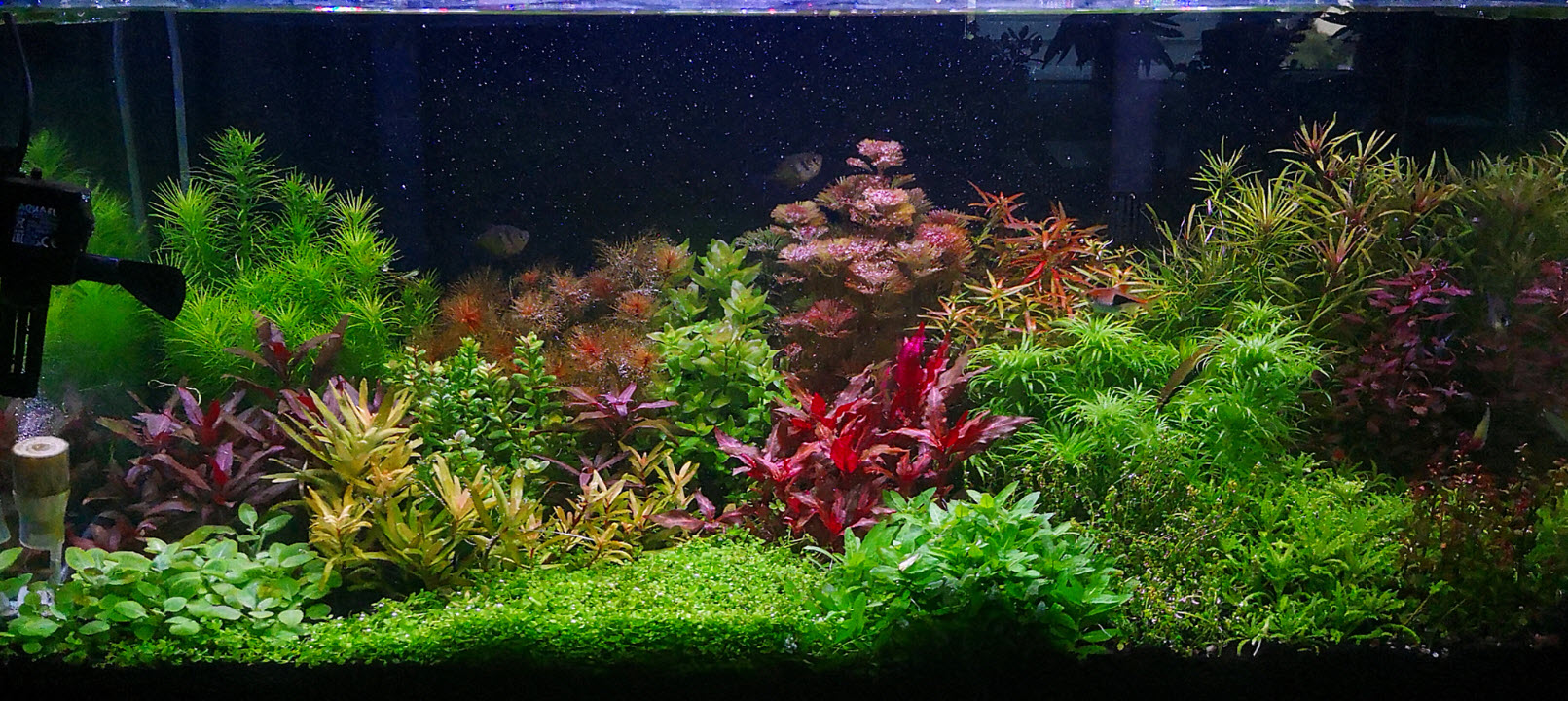
Note that for any of these fertilizers it is a good idea to add just a tiny smidgen of iron (like one crystal of the powdered ferrous sulfate salt or the micro fertilizer) in between additions of the main fertilizer. Do not put iron into the solution with the phosphate as they will simply tie each other up into unavailable iron phosphates.
Flexibility
These fertilizer formulations are flexible. If one see new leaves with yellowing and the nitrate level of the water is below 20, add potassium nitrate, ammonium carbonate or urea. If one has holes in the leaves go ahead and add some potassium sulfate. If older leaves are turning yellow, add phosphate. Do not be afraid to experiment. Different plants respond differently to fertilizers and water chemistry plays a big factor.
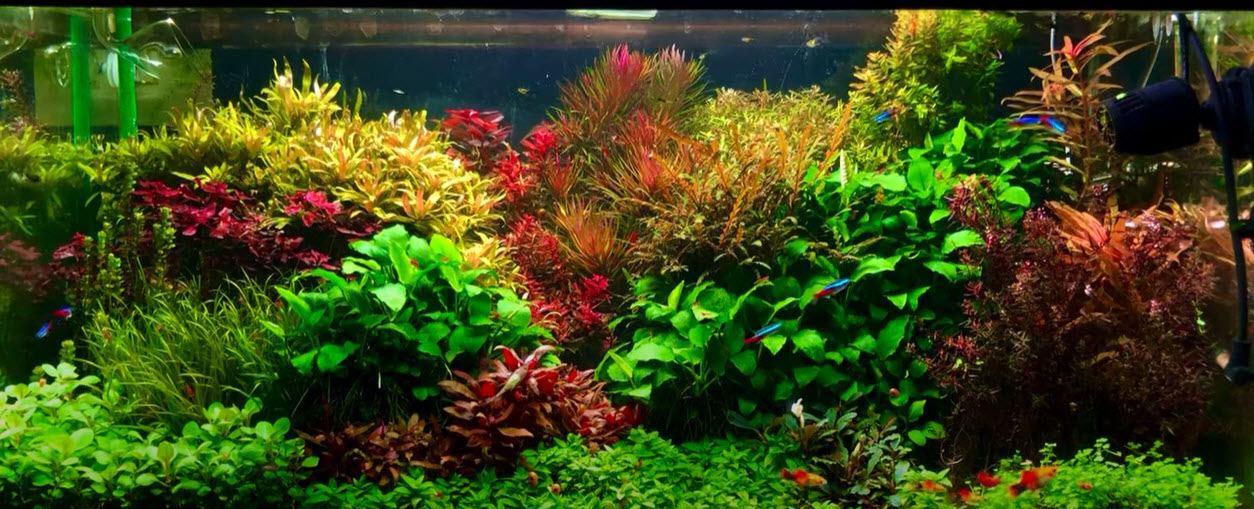
NilocG Aquatics offers dry chemical packages which are VERY reasonably priced. For instance, the NilocG EI Based NPK + CSM+B Fertilizer is designed to be used with the EI (Estimative Index) dosing method. The fertilizer package includes 2lb KNO₃, 1/2lb KH₂PO₄, 1/2lb K₂SO₄, and 1/2lb CSM+B (Iron and micronutrients). This costs less than $20, which is a very reasonable price. It will last a very long time.
Note that there is one supplier, GreenLeaf Aquariums (GLA), who has both raw chemicals and package deals. They also have some very useful calculations and tables on their website about using their chemicals. GreenLeaf supplies equal quantities of each fertilizer component in their kits. No aquarium fertilizer formula I know of uses equal quantities of chemicals. So I recommend only buying the raw chemicals from them.
Also, note that the latest formulas for DIY fertilizers do not use potassium sulfate. So one can drop that from the list of chemicals. One only needs potassium nitrate (KNO₃, $2 a pound on Amazon), and potassium dihydrogen phosphate (KH₂PO₄, $25 a pound on Amazon). And note that if you have a fertilizer distributor near you it pays to buy the components in twenty-pound bags. The price is MUCH lower. You can often get twenty pounds for the same price as one pound.
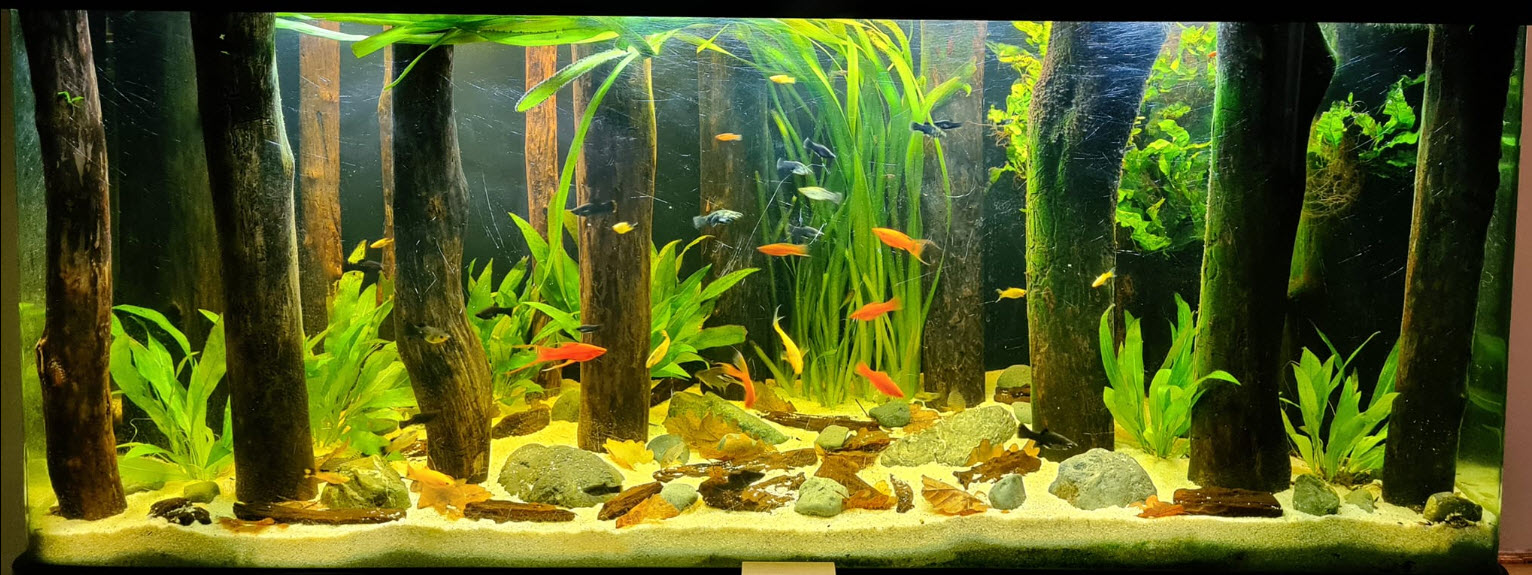
Dry Chemical Programs
There are two commercial dry chemical “programs” that have all the dry fertilizer one needs in reasonably priced packages of three to five chemicals.
PPS-Pro Dosing
The Perpetual Preservation System (PPS) dosing method is a commercial fertilizer program for planted tanks. NilocG Aquatics offers the dry chemicals to make up such a system. The PPS system uses daily dosages in the morning. One PPS “formula” adds the following to the water:
Total daily dose yields:
- 1ppm NO₃
- 0.1ppm PO₄
- 1.33ppm K
- 0.1ppm Mg
- 0.05ppm TE (trace elements)
If one uses dry chemicals the price of this system is very reasonable. The only problem I see with this program is that the iron and the phosphorus can tie each other up, especially in higher pH situations.
Note that there is one supplier, GreenLeaf Aquariums (GLA), who has a package deal for the chemicals for this system. They have some very useful tables on their website along with packages for chemicals for the PPS system, the ADA system, and the EI system. They supply equal quantities of each fertilizer component in their kits so I recommend only buying the raw chemicals from them.

Homemade Root Fertilizer Tablets
Some eBay entrepreneurs put garden Osmocote™ products into gel caps and sell them as aquarium fertilizers at ridiculous markups. If you want to go that way, buy both the ingredients and make your own. IF and ONLY IF one has a fine substrate like sand, then these Osmocote™ tabs are a very good choice for placing deep into the substrate under the plant. I highly recommend them IF and ONLY IF the substrate is fine.
Note there seems to be some concern over Osmocote plus because it has micronutrients in it. The amount of micronutrients in Osmocote Plus is TINY and CANNOT build up to toxic levels over time.
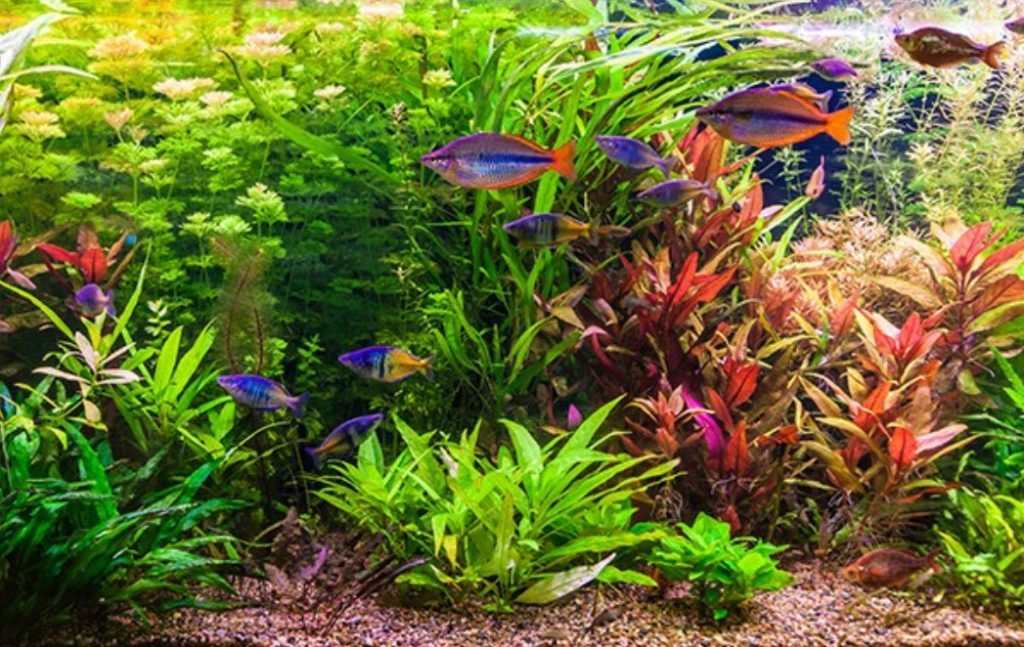
Note that these gelatin tabs are composed of animal protein (cooked down hides, hooves, and hair). If you have fish much over two inches in size these fish will smell the gelatin and uproot the tabs. So, if you have larger fish, it is best to make a slab of Osmocote™ in Plaster of Paris and just cut it up into small cubes before it hardens,
The reason I do not recommend these tabs for the substrate which is not sand is that with a larger substrate there is a constant water exchange between the interstices of the substrate and the water column. This exchange makes adding tabs to such substrate the same as putting it in the water column.
Also, note that there are pills for both iron and phosphates sold as “supplements” for human consumption in Walmart. The phosphate pills are very good low-cost options for putting into a fine substrate in a planted aquarium. They are much cheaper than commercial aquarium plant tabs. But the iron tablets have too much iron in them. Do not use iron tablets.

The Science behind Fertilizer Chemicals
The “NPK analysis” found in all fertilizers is a series of three numbers (like 13-3-15) which indicates the percentages of nutrients in the fertilizer. The first number is nitrogen (N). The second number is phosphorus (P or actually P₂O₅). And the third number (K or K₂O) is potassium (“K” is from the Latin word for potassium – kalium).
Here are the chemicals we are using above:
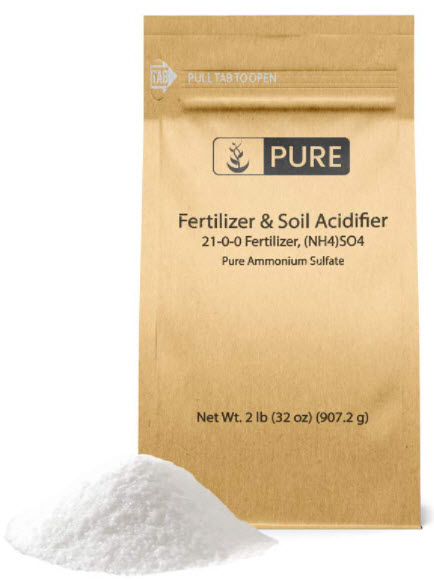
Ammonium sulfate is the chemical formula (NH₄)₂SO₄. It has an NPK analysis of 21-0-0

Potassium sulfate is K₂SO₄. It has an NPK of 0-0-55
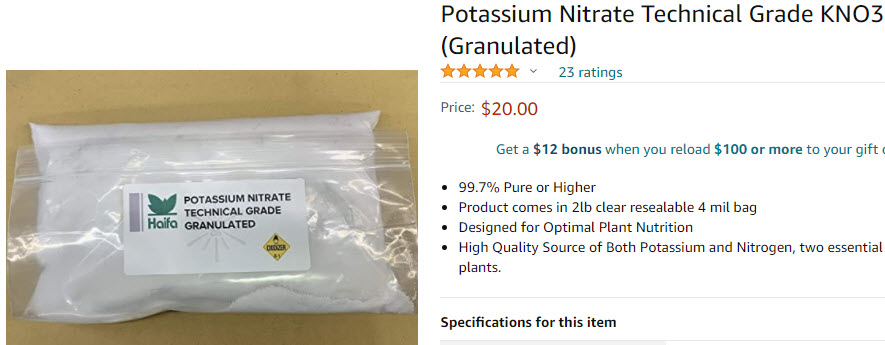
Potassium nitrate is KNO₃. It has an NPK of 13-0-44
Fertilizers in More Depth
We go into aquarium fertilizers in more depth in the following links:
15.5.5. DIY Epiphytic Fertilizer


